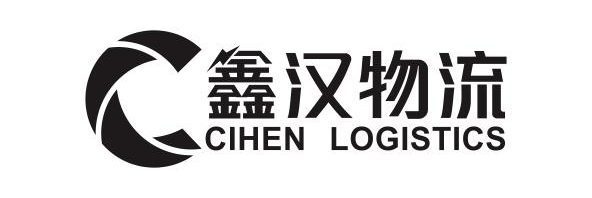What is cross-border e-commerce retail import
Cross-border e-commerce retail import means that consumers in China purchase goods from overseas through cross-border e-commerce third-party platform operators, and through “online shopping bonded import” (customs supervision method code 1210, 1239) or “direct purchase import” (Code of Customs Supervision Mode 9610) Consumption behavior of inbound delivery. Among them, “online shopping bonded import business” refers to the cross-border e-commerce retail import business carried out in a bonded mode in a special customs supervision area or a bonded logistics center (Type B). Hereinafter referred to as “cross-border e-commerce”.
What are the pain points of cross-border e-commerce?
Another article by the author “Cross-border import transactions declined in the first quarter, can cross-border e-commerce still do? ” mentioned that cross-border e-commerce companies present a problem of polarization: there are goods but no channels, and there are channels but no goods; very few companies can do both. Friends who are engaged in cross-border e-commerce know that in order to do well in cross-border e-commerce, supply chain, customs docking, and sales channels are indispensable, which are also common pain points.
- Difficulty in supply chain integration
Cross-border imported products are commonly consumed in skin care and beauty, health care, home products, maternal and child products, pet products, alcohol, and light luxury. Taking a single category as an example, there are multiple brands, multiple countries, and multiple grades (first-tier, second-tier, and third-tier) when looking at the world.
Because of the diverse needs of end users, cross-border e-commerce platforms have extremely high requirements for supply chain integration if they want to meet customer needs. It takes a lot of manpower and time to integrate the supply chain; if the bonded warehouse model is used, it has to bear the high cost of inventory management, and it also faces the risk of slow sales of goods beyond the shelf life.
- Difficulty in channel expansion
Companies with supply chains often lack sales channels and terminal traffic. The top third-party platforms face “four highs”: high threshold for opening a store, high customer acquisition costs, high operational requirements, high platform deduction points, and members ultimately belong to the platform. How to connect with third-party platforms? How to integrate downstream sales channels? How to build your own private domain traffic platform? How to use social e-commerce to expand cross-border imports is a difficult problem for all cross-border enterprises to face.
- Difficulty in compliant distribution
Cross-border e-commerce is divided into 1210 and 9610, which are essentially B2C and do not allow secondary sales. But in fact, many companies cannot survive without distribution. How to distribute the goods without touching the laws and regulations without transferring the ownership of the goods. The SBBC model can solve the problem of compliant distribution through the intermediate profit sharing link.
- Difficulty in customs docking
Taking bonded import 1210 as an example, goods arriving from abroad require first-line entry area customs clearance, three single-to-collision customs clearance, and second-line exit area customs clearance. All processes require electronic and digitalization, which requires seamless connection with customs, public service platforms, bonded warehouses, logistics, and payments. If there is no professional technical team and practical experience, even the simple 179 announcement (that is, the e-commerce platform opens the original payment data to the customs for anti-inspection) is difficult to handle, let alone the above-mentioned connection.
